From July 14, 2012 to August 18, 2012 we took a five week cruise on the
Holland America Line ship called the m/s Maasdam from Boston across the North
Atlantic to Amsterdam the Netherlands and returned to Boston. The cruise
was called the "Voyage of the Vikings" because it followed the sea routes and
ports of the first Viking explorers and settlers.
Our first port after leaving Boston was Corner Brook, Newfoundland, Canada.
Sometime in the year 1000 AD Viking explorers landed on Newfoundland's shore.
The communities they established (and wrote about) were ultimately lost,
presumably to the combined toll of harsh winter climate and attacks by
indigenous peoples namely Indians and Eskimos whom they called Skraelings
(meaning "Shriekers" or "War-whoopers", a term Vikings applied to Greenland
Eskimos and to American Indians alike).
In the late 15th century, other explorers began to visit the Canadian
coast, and John Cabot made the first verifiable landing on June 24, 1497.
Newfoundland's rugged shore offers many sheltered harbors. A naturalist's
paradise, the island is laced with rookeries that support a variety of marine
birds. Corner Brook offers relatively easy access to spectacular parks and
trails. A stroll around Corner Brook is interesting from its boom-and-bust
lumber industry to its harbor once being the center of commerce, somehow the
maritime community has managed to endure.
Reykjavik was first settled in AD 874, when Ingolflur Arnarson threw the
carved pillars from his Viking high seat over the side of his boat and vowed to
settle wherever they washed up, which happened to be at the site of modern-day
Reykjavik. Reykjavik, or "Smoky Bay," was named after the steam rising from the
geothermal vents in the surrounding countryside. Generations of young architects
have filled the capital with modern buildings, which sit neatly against the
ancient wooden houses of the old town. Each house is different and the sea of
colored tin roofs makes for a picturesque setting. Now Reykjavik is upbeat, with
a vibrant art and music scene, great restaurants, and a famously uninhibited
nightlife. During the long summer nights the streets are packed with young
people who spill out from the bars and clubs into the midnight sun.
Onto Molde, Norway.
Molde is a town and municipality in More og Romsdal county, Norway with a
population 24,795. The town is located on the northern shore of the
Romsdalsfjord on the Romsdal Peninsula. It is an old settlement which emerged as
a trading post in the late Middle Ages. The town continued to grow throughout
the 18th and 19th centuries, becoming a centre for Norwegian textile and garment
industry, as well as the administrative center for the region, and a major
tourist destination.

































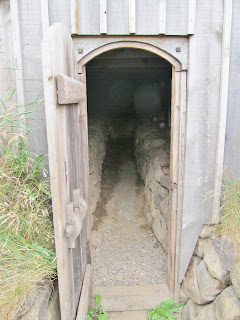







































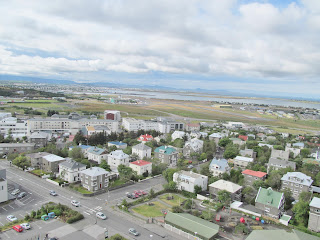




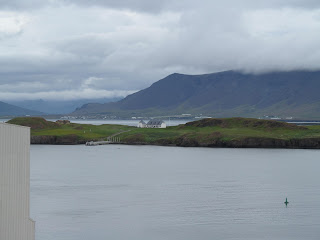














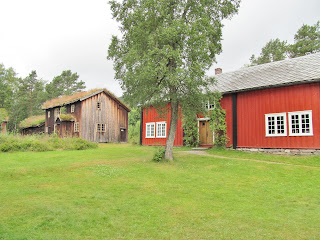




















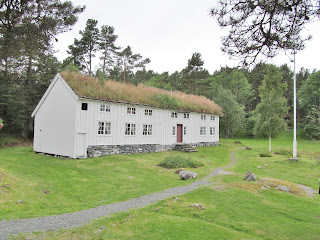









No comments:
Post a Comment